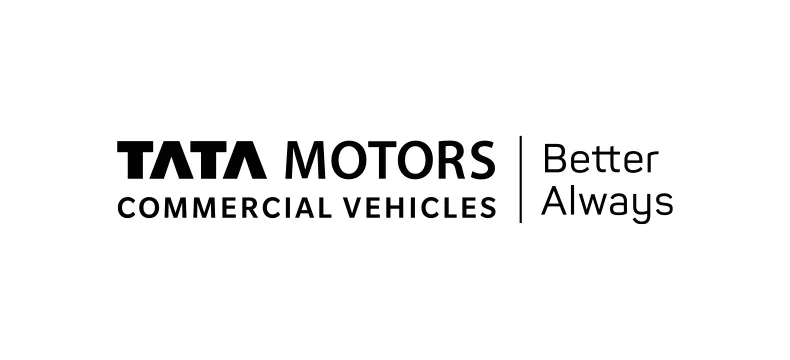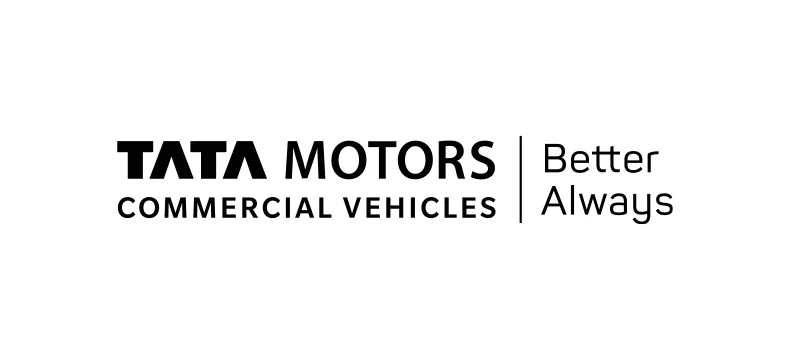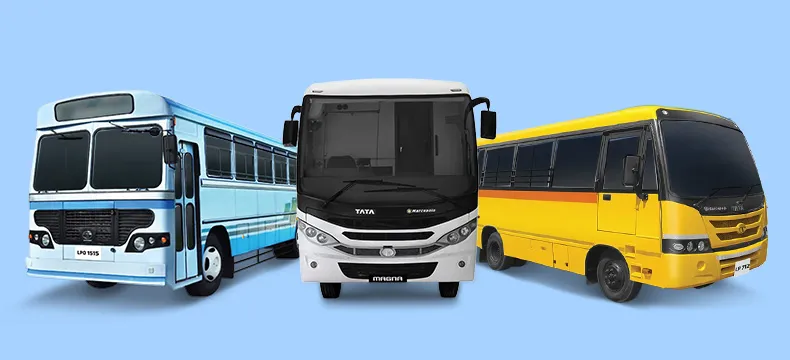17 Sep 2025

10 Ways to Increase Bus Mileage
- Tata Motors
- 17 Sep 2025
- COMMERCIAL VEHICLE
Introduction
Whenever a new bus is launched by a company or when exploring various available options, significant emphasis is placed on the vehicle's fuel efficiency, which is often expressed in terms of mileage. Mileage is the distance a vehicle can travel per unit of fuel.
Ideally, a higher mileage is desired as it provides numerous benefits, including enhanced fuel efficiency, reduced maintenance costs, improved vehicle performance, and ensuring regulatory compliance. You can also enjoy these bus mileage benefits with your bus by following these 10 best practices:
-
Regular engine maintenance:
The engine is the epicentre of fuel consumption. Hence, directly affecting the vehicle's mileage. So, regular engine maintenance is one of the best tips for increasing bus mileage.
Replace the engine oil at least once a year. Replace it more frequently if your usage is high and demanding. Adequate lubrication prevents friction, ensuring optimal vehicle performance and mileage.
Clean the air filters. As contamination can lead to increased fuel consumption despite the same distance travelled.
-
Ensure tyre alignment:
Regardless of whether your bus has 4, 6, or more tires, ensure they are all properly aligned. Tyre alignment has a significant impact on a vehicle’s mileage and on-road stability.
Due to misalignment, the tyres drag through the journey rather than rolling freely. This results in reduced fuel efficiency and poor tyre performance. It also could lead to tyre wear and tear.
A common indication of tyre misalignment is vibration in the steering wheel. If you notice this issue, visit a garage at your earliest to have it fixed.
-
Check for tyre pressure:
Tyre pressure is another factor that affects the bus mileage. Neglecting it can also lead to a vehicle breakdown, potentially leaving you stranded in a difficult location.
The rolling resistance can increase due to an underinflated tyre. Rolling resistance is the force that resists a tyre's motion on the road. It impacts fuel efficiency and overall vehicle performance.
A common symptom of an underinflated tyre is imbalance. If you experience this, visit the nearest tire pressure system to have it checked and refilled as needed.
-
Avoid overloading:
Like all commercial vehicles, buses have a maximum payload capacity set by the automobile company. It is the maximum weight the bus can safely carry, including passengers and cargo.
Avoid exceeding the load limit, whether for passengers or cargo. This is because excess weight forces the engine to work harder, increasing fuel consumption.
Furthermore, overloading can cause an imbalance of the bus. This increases the chances of the bus tripping over, especially on hilly roads.
-
Route planning:
The route your bus takes also affects its mileage and, consequently, fuel expenses. Hence, careful route planning is necessary and advantageous.
Fortunately, several tools, such as GPS, are particularly helpful in this regard. Use it to identify routes with less congestion, reducing sudden stops and idle time that negatively impact mileage.
-
Adopt better driving habits:
Driving is often viewed primarily from a customer experience perspective, with little consideration given to vehicle efficiency. Hence, consider it to improve your bus mileage.
Ensure the driver avoids rapid acceleration and harsh braking. These actions cause the engine to consume more fuel, negatively impacting mileage.
Encourage your bus drivers to adopt better driving habits by enrolling them in proper driving training. Also, strictly call out any instances of poor driving behaviour when reported.
-
Limit air conditioning:
While air conditioning is essential in commercial buses, it should be used only when necessary.
Keeping the air conditioner on throughout the journey causes the engine to consume more fuel to power it. This causes the buses mileage to decrease while increasing the fuel expenses.
-
Reduce idle time:
Idle time refers to the period when the vehicle is stationary, but the engine is still running. And since the engine is running, it continues to consume fuel.
Since buses frequently stop at multiple pick-up points, eliminating idle time may be challenging. But efforts can be made to minimise. Limit the pick-up points or shut off the engine if the wait time exceeds 2 minutes.
This will help you reduce fuel consumption and costs. It may also reduce the overall journey span.
-
Utilise cruise control:
Cruise control is a system that automatically maintains a set speed without the driver's effort. It helps reduce fuel consumption and ensures a consistent driving speed on long trips.
Your drivers can consider using the cruise control under specific conditions. As mentioned, it reduces fuel consumption, which has a positive impact on the vehicle’s fuel efficiency and, consequently, its mileage.
Ensure the driver reads the cruise control user manual before using it on the road. The driver must also remain alert at all times and be ready to take control if needed.
-
Refill at the right time:
Typically, there are no restrictions on when you can refill the bus with fuel. You can fill it as needed and to your convenience.
However, several bus drivers avoid refilling the tank during the afternoon. This is because of the heat the fuel’s density can be impacted.
Given this, you may want to consider refilling the tank early in the day or the night so that the fuel remains dense. This will result in more bus mileage per unit of fuel.
Summing It Up
Mileage refers to the distance a vehicle can travel per unit of fuel. It impacts the vehicle’s fuel consumption and, subsequently, the fuel expenses.
A higher mileage is preferred as it offers numerous benefits. You can achieve higher mileage with your buses by following some practical steps.
We at Tata Motors Nepal offer an exceptional range of buses that excels in performance, reliability, and value for money. The Tata LPO 1515, Tata LPO 1618, and Tata LP 712/42 are standout options designed for optimal performance and passenger comfort.
FAQs
How much can I save on fuel by maintaining proper tire pressure?
Maintaining proper tire pressure helps reduce rolling resistance, which in turn keeps fuel consumption in check.
Does reducing bus weight make a difference in fuel efficiency?
The bus's weight affects the engine's workload, directly impacting fuel efficiency. Hence, you should avoid overloading the bus.
How does regular maintenance help increase bus mileage?
Regular maintenance ensures the engine operates efficiently, helping maintain the bus's mileage.
- Tags
Latest Blogs


10 Sep 2025
What Exactly Is Torque in A Truck Engine?

10 Sep 2025


















